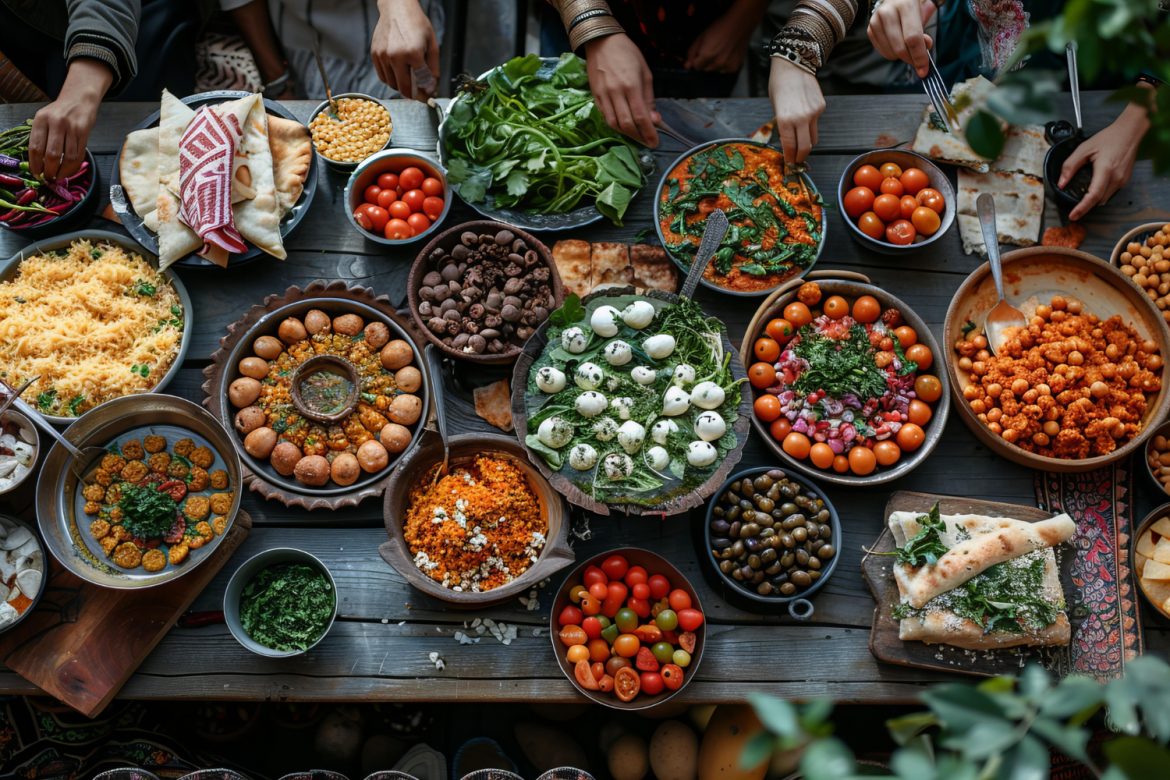Culinary traditions are more than just recipes and ingredients; they are a reflection of cultural heritage, history, and identity. From the fiery spices of Indian cuisine to the delicate flavors of Japanese sushi, the world’s culinary landscape is a tapestry woven with diverse traditions passed down through generations. The influence of cultural heritage on culinary traditions is profound, shaping not only what we eat but also how we prepare, share, and experience food.
Embracing Diversity Through Food
One of the most beautiful aspects of culinary traditions is their ability to transcend borders and bring people together. Whether it’s a family gathering, a religious celebration, or a community festival, food plays a central role in uniting people and fostering a sense of belonging. Each dish carries with it a story, a connection to the past, and a celebration of cultural identity.
Preservation of Tradition
Culinary traditions serve as a link to the past, preserving the customs, rituals, and flavors of previous generations. Through the act of cooking and sharing traditional dishes, communities honor their ancestors and keep their cultural heritage alive. From the elaborate feasts of Chinese New Year to the simple comfort foods of Southern soul food, culinary traditions provide a tangible connection to our roots and a sense of continuity in an ever-changing world.
Adaptation and Innovation
While culinary traditions are steeped in history, they are also dynamic and evolving. As cultures interact and exchange ideas, culinary traditions adapt and incorporate new influences, creating fusion cuisines that blend the best of both worlds. From the spicy-sweet flavors of Thai fusion cuisine to the creative twists on classic dishes in modern fine dining, innovation is a hallmark of culinary evolution.
Promoting Cultural Exchange
Food has the power to transcend language barriers and foster understanding between people of different backgrounds. Through culinary tourism, cooking classes, and food festivals, people have the opportunity to explore and appreciate the richness of global cuisine. By experiencing the flavors and traditions of other cultures, individuals gain a deeper appreciation for diversity and a greater sense of interconnectedness.
Conclusion
The influence of cultural heritage on culinary traditions is a testament to the richness and diversity of global cuisine. From the vibrant street markets of Mexico to the elegant tea ceremonies of Japan, every dish tells a story and carries with it a piece of cultural identity. By embracing culinary traditions, we celebrate the past, honor our ancestors, and forge connections that transcend borders. So, the next time you sit down to a meal, take a moment to savor the flavors and appreciate the cultural heritage that has shaped our culinary landscape.
